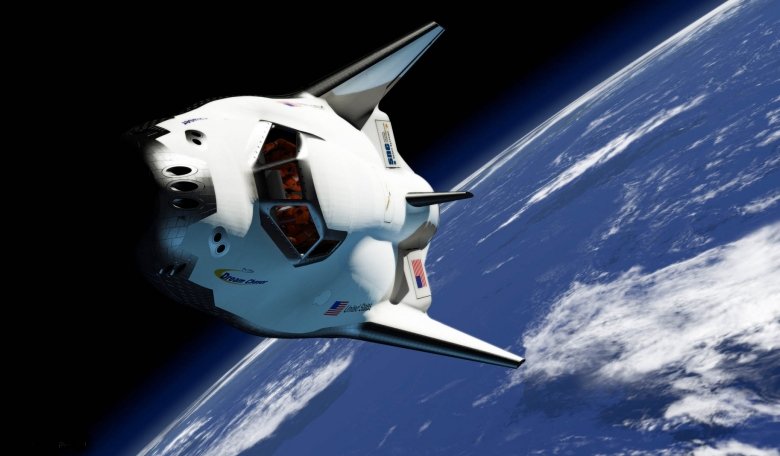Flight software developed by Draper is helping to bring routine commercial space flight one step closer to reality. The software will be on Sierra Nevada Corporation’s (SNC) Dream Chaser® spacecraft for resupplying the International Space Station (ISS). When the un-crewed spacecraft launches to the ISS, its mission will be to deliver six tons of food, supplies and fuel to the orbiting laboratory.
As an un-crewed spacecraft, Dream Chaser presents a unique set of challenges in its design and navigation. SNC envisioned a spacecraft that could land on a runway, similar to the Space Shuttle, so that it could be reused and put back into space within 60 days. SNC also wanted Dream Chaser to be resilient so that it could meet its goal of flying a minimum of 15 times.
For the Dream Chaser Cargo System, Draper addressed these challenges by applying its flight-proven capabilities that also enable cargo delivery to the ISS aboard Orbital ATK’s Cygnus spacecraft. The capabilities include mission automation and guidance, navigation and control (GN&C) software, as well as the human-rated fault-tolerant flight computer.
Draper used these same capabilities during the Constellation Program (CxP), when NASA had the Moon as a stepping stone towards missions to Mars. Now the company has brought those capabilities to one of the few spacecraft designated by NASA for resupplying the International Space Station under the Commercial Resupply Services (CRS-2) contract awarded to SNC.
Seamus Tuohy, director of space systems at Draper, believes Dream Chaser represents a new chapter in space travel. “The future of routine commercial space flight is quickly approaching, promising to make a trip into space as routine as air travel. Dream Chaser is an important step by showing how we can get to the Space Station and back quickly, easily and safely, and provide the vital cargo for making living and working in space possible for humans.”
The next test for Dream Chaser—a free flight and landing at NASA’s Armstrong Flight Research Center—will help validate the systems specially designed by Draper. The test flight will help confirm elements of the flight software and the flight control computer. It will also validate the spacecraft’s handling and performance characteristics during landing.
“Dream Chaser enhances the American capability to deliver and return ISS cargo, decreasing our reliance on foreign providers,” added Tuohy. “It also has the potential to increase use of hosted payloads and deployment of CubeSats by more industry and university partners.”











